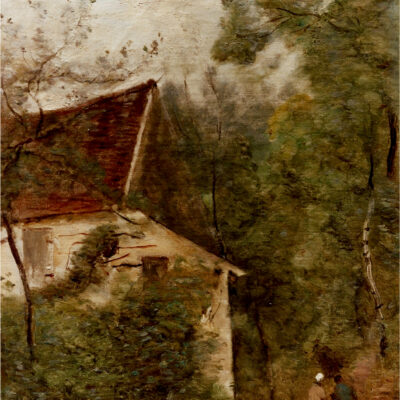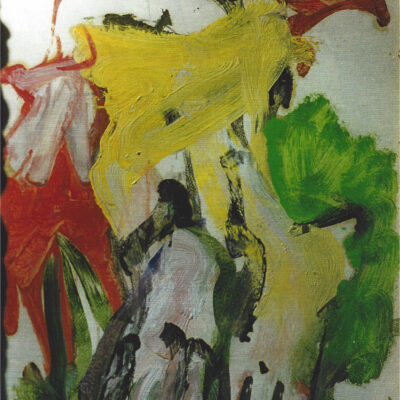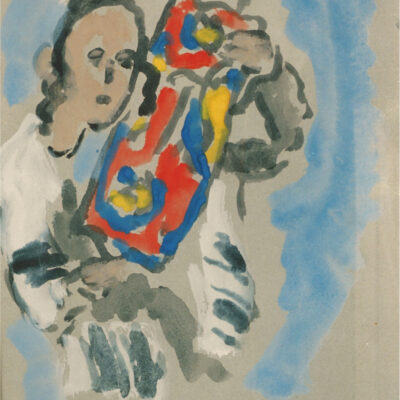Description
Jean-Michel Basquiat (1960-1088)
‘Number 4’
signed ‘Jean-Michel Basquiat’ on the reverse acrylic, colored oil sticks and colored Xerox collage on canvas 65 ¾ x 54 in.
(167 x 137.2 cm). Painted in 1981.
Provenance:
Gagosian Gallery, NY
Marlborough Gallery, NY
Literature:
E. Navarro, Jean-Michel Basquiat, Paris 1996, p.52, pl. 4 (illustrated).
In the early eighties a young Jean-Michel Basquiat stepped through the doors of establised Conceptualism and became the crowned prince of American Neo-Expressionism. Abandoning the traditionalgallery incubated styles of decades past, his work was born from and grew on the streets of New York where he himself was raised. This never-ending parallel between Jean-Michel Basquiat’s own personal development and that of his artistic expression isevident in Number 4, a work prduced at the beginning of his all too brief career.
‘Number 4’ has an undeniable vibrancy and fluidity that characterizes Jean-Michel ‘s work. Descending directly from the influence of artists like Jackson Pollock and Willem de Kooning, Basquiat’s painterly style incorporates a sense of immediacy with a highly refined schematic composition. The strong linear quality of the work pronounces Basquiat’s intent of relaying specific emotions and underlying meanings to the viewer. His line bounces in all directions across the surface of the canvas in an erratic manner much like the jumpy, unpredictable lines of a polygraph. With his use of language and symbol he strips down and then builds up his own identity and that of society’s.
Jean-Michel’s experience as a graffiti artist (SAMO) in the late 1970s adds a certain street sense to Number 4. His use of Xerox collage becomes symbolic of the city and its inhabitants. Handbills, announcements, want adds and flyers flashed their individual messages in an unending procession down the streets and avenues of New York. Basquiat transported this familiar urban wall paper into the gallery and applied them periodically to his new walls of canvas.






